Have you recently brought home a cat with striking, wild-like markings? Is there a twinkle in your cat's eye that makes you wonder about its lineage? Your new pet may have features that resemble a Bengal, one of the most captivating cat breeds known for its unique appearance. Is your cat a Bengal or a Bengal mix?
Understanding the true breed of your cat can be a fascinating journey. In this article, we'll dive into the history of the Bengal cat, explore the distinct patterns and colors, and provide guidance on how to determine if your cat might be a Bengal or a Bengal mix.
Get ready to learn about the characteristics that set Bengal Cats apart.
The Bengal Breed: Beauty and Origin
Originating from the wild leopard cat, the Bengal breed portrays a captivating wild appearance. Though initial breeding efforts date back to 1889, it was not until the 2000s that the Bengal's allure reached its pinnacle.
This newfound popularity may lead you to assume that your cat could be a Bengal mix, yet a set of criteria must be met to authenticate its purebred status.
Unfortunately, to distinguish a purebred Bengal you need appropriate paperwork from a breeder or possibly a genetic test. Otherwise, your cat may resemble a Bengal but in all likelihood will be a domestic shorthair tabby cat.
The markings on your cat's coat will determine if they look like a Bengal. Bengal cats have a unique wild look with a shimmering coat and a distinct tabby pattern. In fact, there are two such patterns to look for: Spotted and marble.
A spotted coat will include large two-toned rosette markings. These coats mirror the coat of a mini leopard. Bengals are the only domestic cat bred with these rosette markings.
A marbled coat will have a horizontally flowing, asymmetrical pattern, including swirls of two or more colors. There are slight variations within these coat patterns.
The chances of coming across a purebred Bengal in a shelter are slim to none. However, some rescues deal specifically with purebred cats where you may find the Bengal you are looking for.
Bengals and even Bengal mixes are creatures of beauty. Read on as we look at the unique patterns and colors Bengals come in and touch on some characteristics specific to this breed.
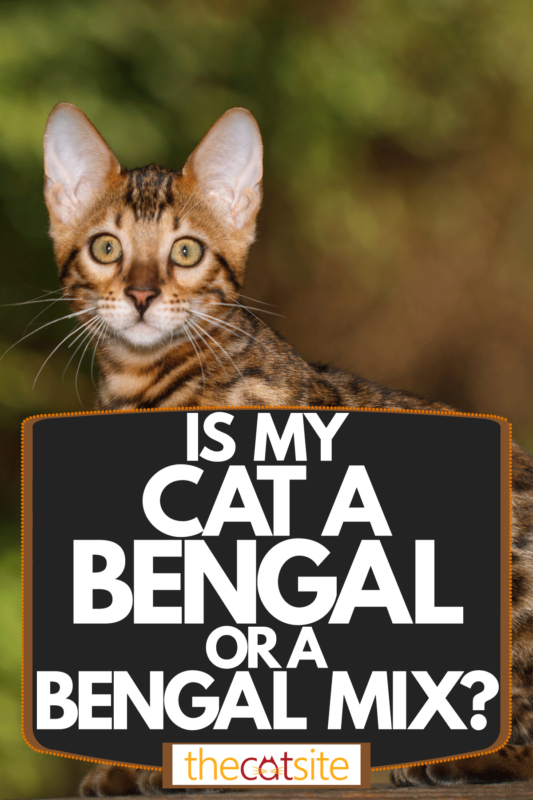
Bengal Colors And Patterns
The modern Bengal breed was created by breeder Jean Mill. She envisioned a domestic cat with a wild cat coat.
Mill is credited as responsible for the first known deliberate cross between a domestic cat and an Asian Leopard cat.
Today's Bengals are typically four or more generations away from the Asian Leopard Cat but still reaping the benefits of their beautiful genes.
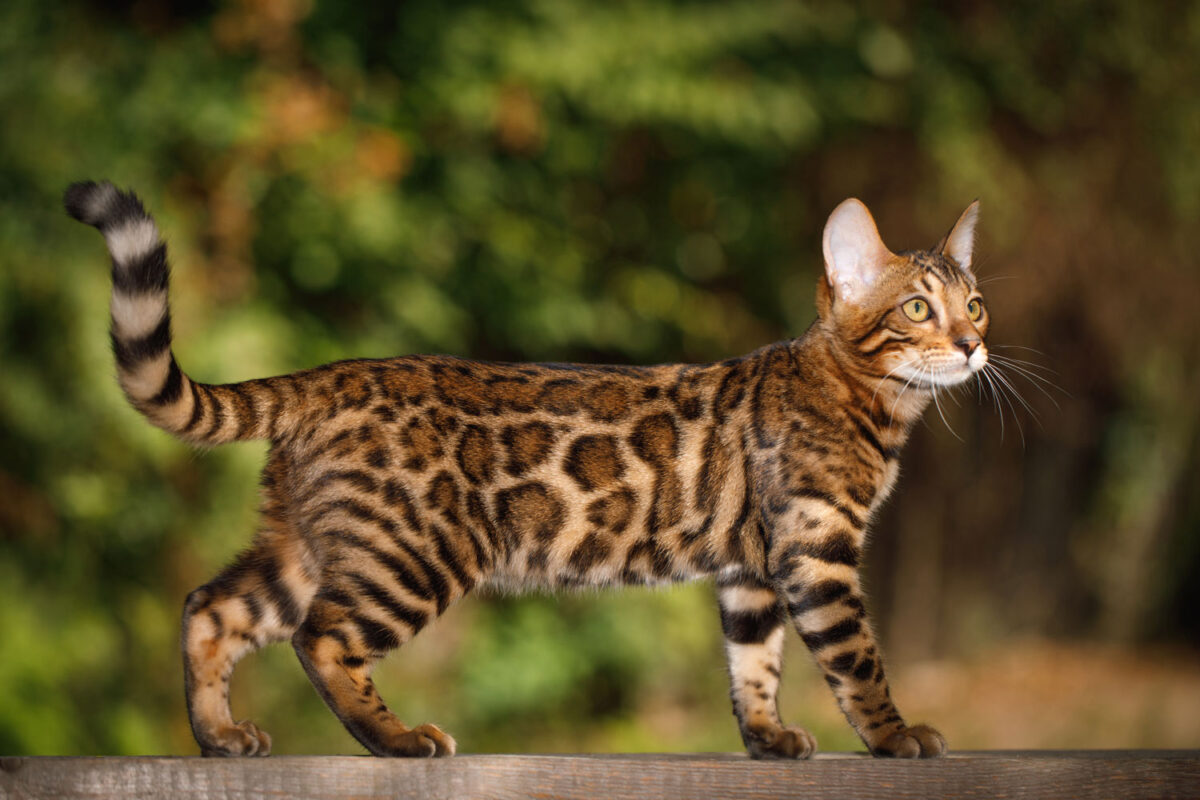
When you think of a Bengal, you most likely picture a gold-spotted leopard look-alike appearance. This is the most popular coat we will see among this breed, but it is certainly not the only one.
Within these unique patterns found in the fur, there are only several allowed colors. They even include "snow patterns" that mix a form of colorpoint look with the tabby appearance. And yes, these Bengal cats have blue eyes!
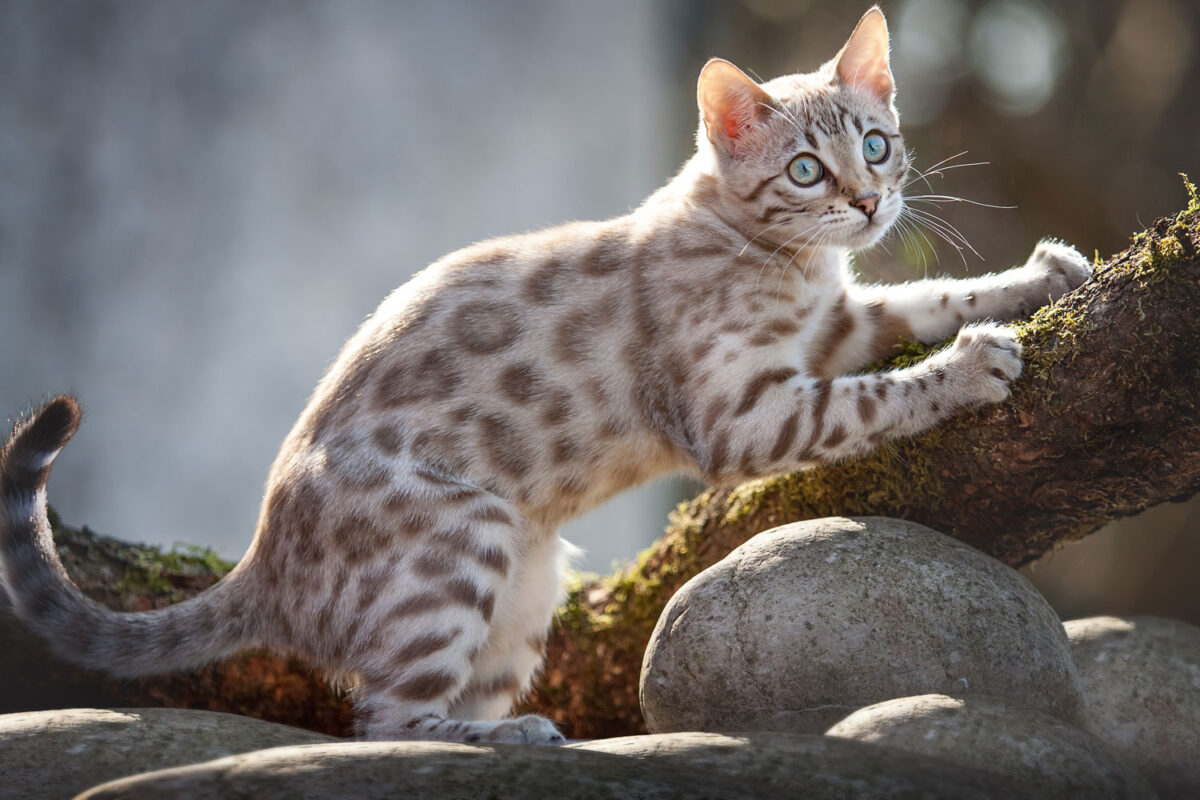
According to the CFA (Cat Fanciers Association), two actual coat patterns are allowed in Bengals. Let's take a look at each one.
Bengal Spotted Coat With Rosettes
The spotted coat is what we see most with purebred Bengals. These coats have small to large spots all over the body, sometimes including the two-toned rosette markings.
Rosette patterns started to show up in the early 2000s and quickly became a staple look for this breed. The rosette markings come can come in various shapes such as paw-print, donut, or arrow-head.
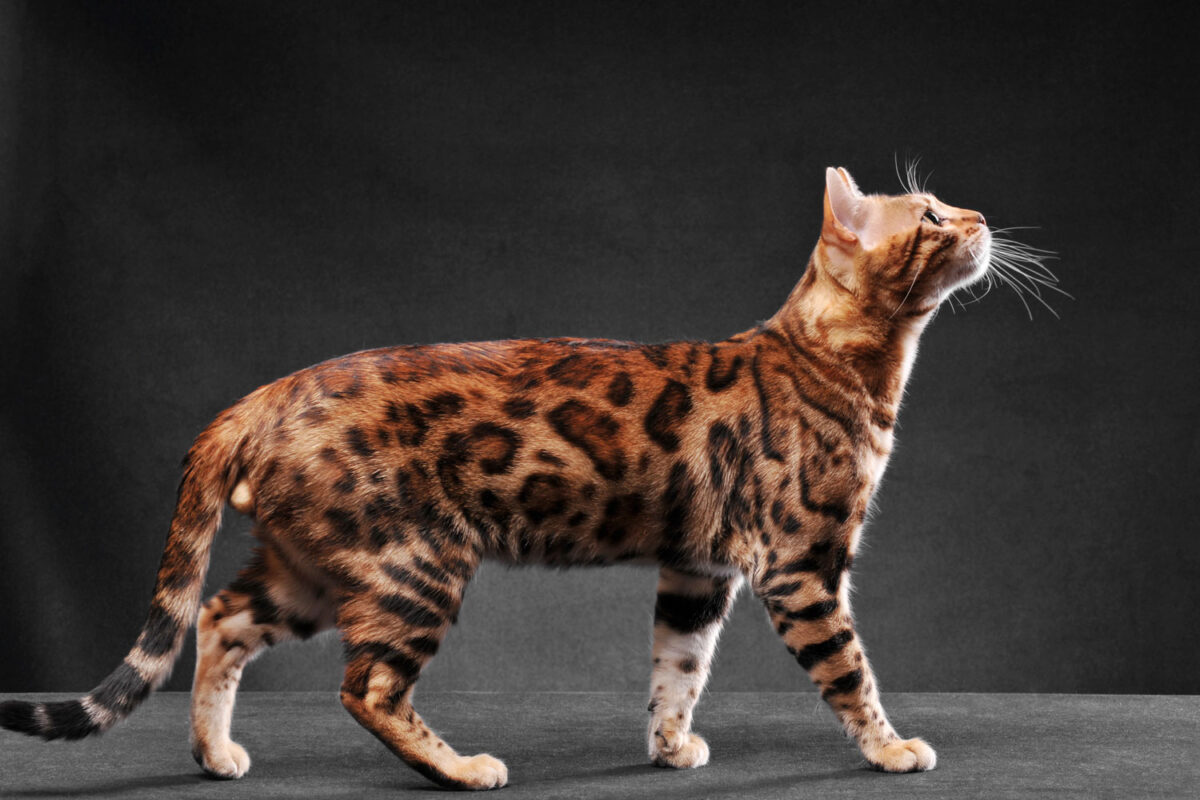
The Bengal in this photo has both donut and paw-print rosette markings.
The rosettes are unique to Bengal cats. If you come across a tabby cat with rosette markings then chances are high that you are indeed looking at a Bengal cat.
Bengal Marbled Coat
The marbled coat is broken up into four types:
- reduced horizontal flow
- horizontal flow
- chaos pattern, and
- street marbled
These patterns were originally derived from swirling, blotched tabby stripes. TICA granted marbled Bengals championship status in 1993.
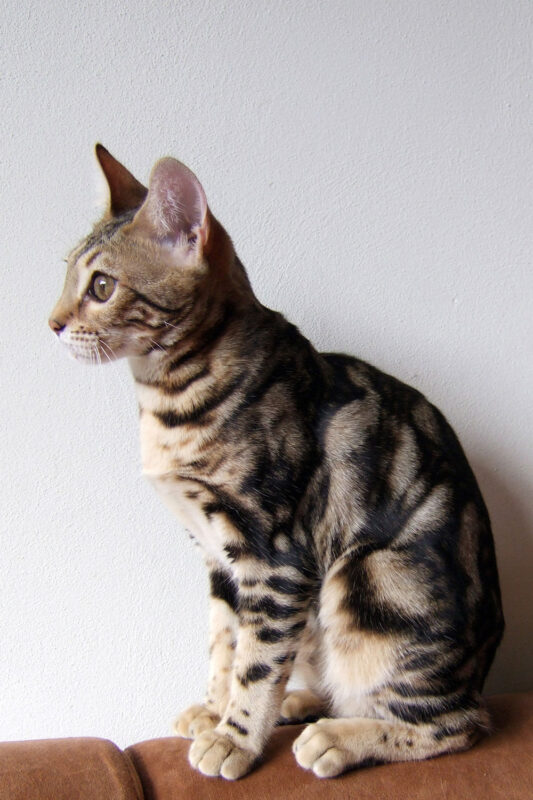
Read more on our blog post, Bengal Cats.
Tabby Cats vs. Bengals
All Bengal cats are in fact tabby cats!
The term "tabby" refers to a coat color with two types of hair, one of them being agouti hair. The agouti hairs have bands of color on them. The combination of the two colors creates what we call a tabby pattern.
In fact, tabby patterns have their own flavors. A tabby coat can be striped, spotted, or marbled. There are even patterns where tabby is mixed with white or overlaps with calico or tortoiseshell patterns.
Tabby coat patterns are fascinating and you can read all about them here: Tabby Cats
Bengals, with their two-toned pattern, are in fact tabby cats. One telltale sign is the fact that all Bengals show the famous tabby "M" on their forehead.
To the untrained eye, it may be hard to tell which is which. So, how can you tell a Bengal from a non-Bengal Tabby? There are some dead giveaways.
Bengal cats have a unique fur texture
Once you feel a Bengal cat's coat, you'll be able to tell the difference. The difference is so distinct, it actually comes across in quality pictures too.
The Cat Fanciers Association describes the Bengal coat this way -
Wait until you feel a Bengal. First, you will encounter the pelt-like plush coat that is like the coat on no other domestic cat. Ranging from rabbit-like softness to the resilience of the densest hand-tied rug, the Bengal fur is an unexpected treat.
Did you know - another major association, TICA (The International Cat Association) actually recognizes a longhair Bengal breed!. Yet, most Bengals are shorthaired.
SIGN UP FOR THECATSITE'S EMAIL UPDATES >
Coat patterns: Bengal vs. regular tabby
As mentioned above, if you see rosettes, then the cat is almost certainly a Bengal or at least a Bengal mix.
With a marble pattern, it can be trickier. Non-Bengal tabbies can also support the swirling marble pattern which to the untrained eye could look a lot like a Bengal.
However, with show-quality Bengals, the marble look is usually quite striking. The breed standard calls for extreme contrast between the markings and the background and mentions that the pattern must be random, with no circular pattern or bullseye (both are typical traits of marbled tabbies).
Coat colors: Bengal vs. regular tabby
As far as coat color is concerned, there is some overlap. However, it's worth mentioning the snow Bengals again. Those special blue-eyed cats are extremely different from non-Bengal tabby cats.
Other physical features
Bengal cats are generally muscular with broad faces that often show their exotic origin. An experienced breeder, or cat fancier, can usually tell a Bengal apart from other breeds based on the list of physical traits, other than the coat color and pattern.
If you're not that familiar with the breed, then coat color and texture are usually easier to recognize.
How Do I Know If My Cat Is A Purebred Bengal?
A Bengal can only be deemed a purebred cat if they have the qualified paperwork. In other words, your cat needs to be pedigreed.
For example, a TICA registered Bengal will include documentation of all pedigree back to the original Asian Leopard Cat mating. This documentation is the only way to prove your Bengal is purebred.
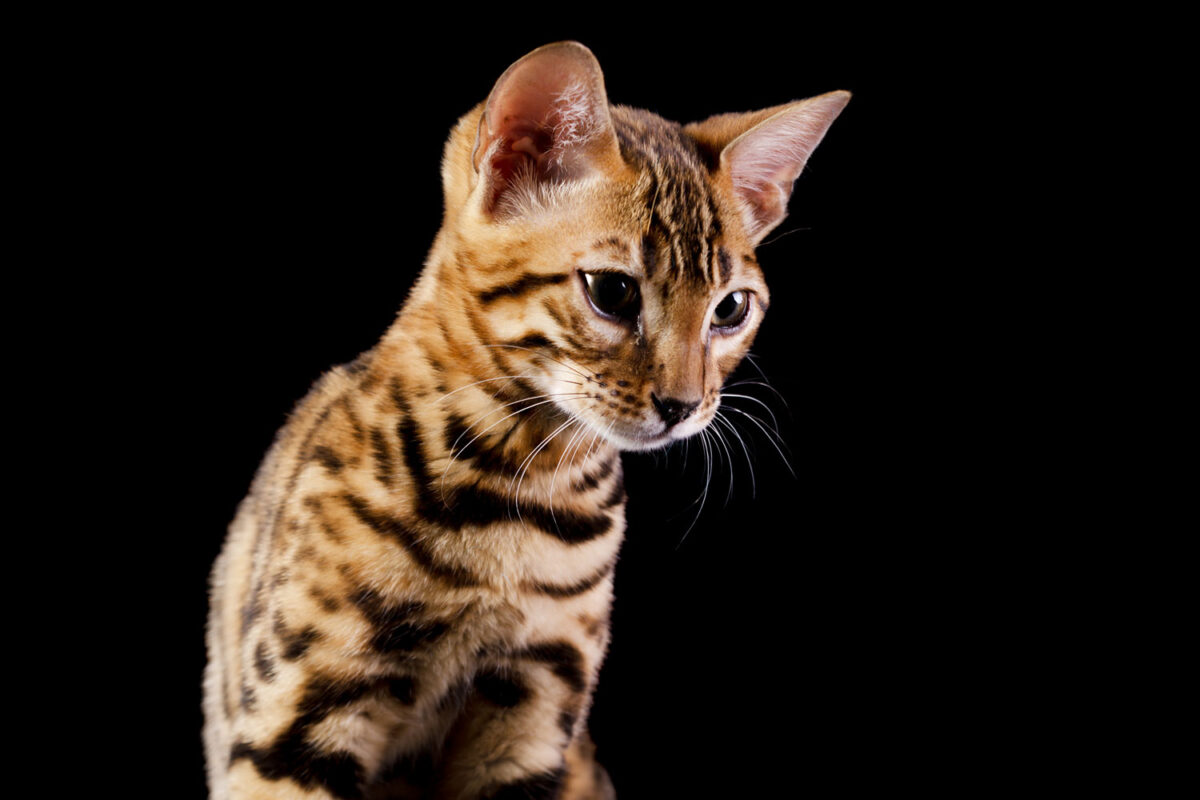
Purchasing a Bengal advertised as purebred but lacks the documentation to prove it may leave you in a predicament. Bengals without paperwork may not be purebreds at all, or they have been bred by someone who cut corners.
If you're out to buy a Bengal, make sure you are dealing with a registered and ethical breeder. Having papers is just one thing to look for. Avoid backyard breeders and kitten mills.
Are Bengal Cats Bigger Than Normal Cats?
Bengals range from medium to large size. Some can be larger than your average house cat. This is due to the amount of muscle they can build and their motivation to exercise.
Bengals reach their full size by age 2. Females reach approximately 6-12 pounds, and male Bengals reach 9-15 pounds.
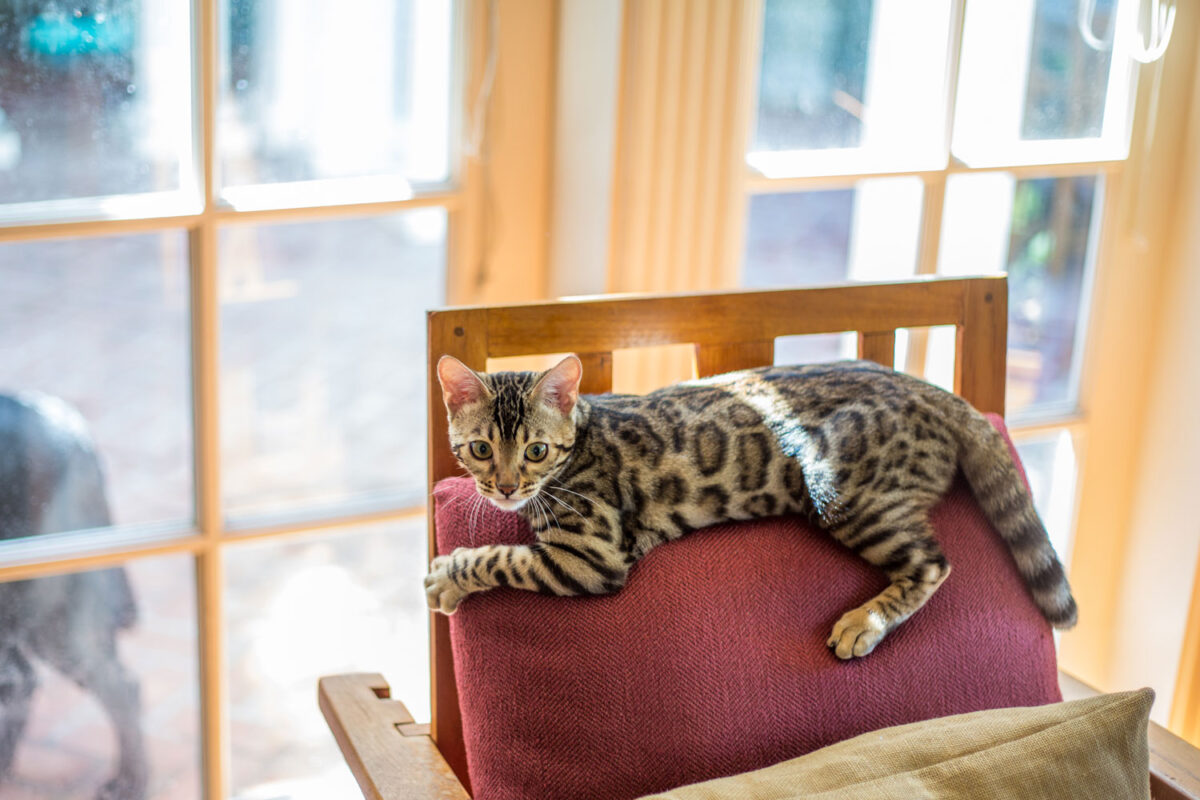
How Long Do Bengal Cats Live?
The lifespan of a Bengal will rely heavily on their lifestyle, health, and nutrition. A Bengal's life expectancy is 12-20 years, depending on environmental factors.
Keep in mind a Bengal without registration papers may also be subjected to health or genetic concerns.
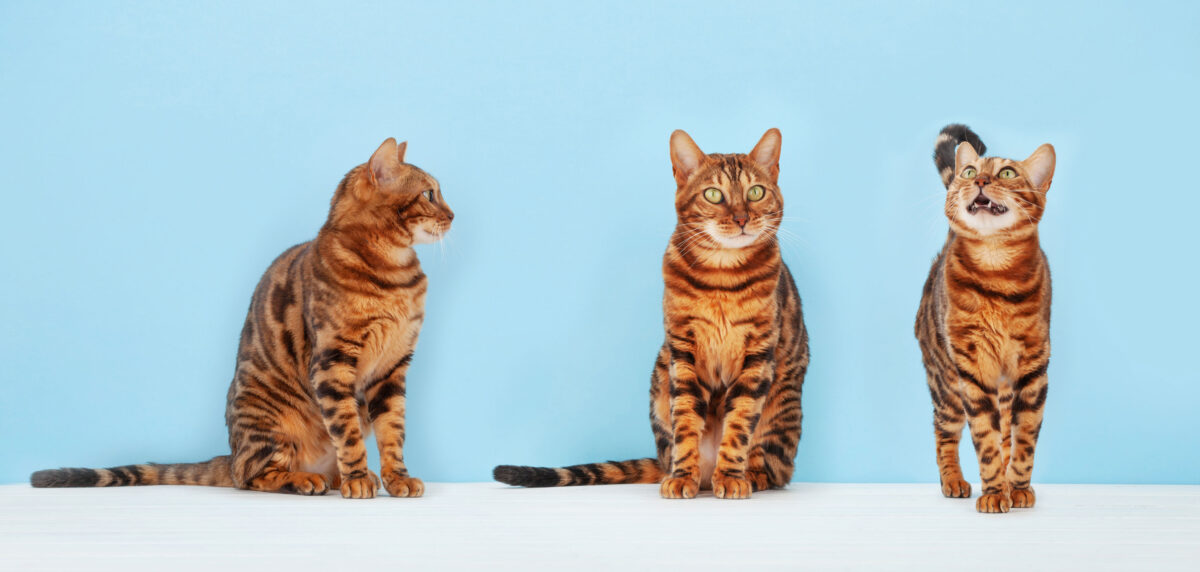
What Is The Temperament Of A Bengal Cat?
Bengals are not only famous for their one-of-a-kind coats, but their personalities are also highly sought after too. This breed of cat is known to be attentive and playful. Some owners explain them to be dog-like in their behavior.
If you have a Bengal, you probably noticed they need playtime just as much as they need cuddles. These cats are affectionate and high-energy.
Ensure they have enough time and space to run, climb, explore, and play to keep up with their activity level. It is common to see a Bengal trained to do simple tricks or to walk on a harness.
Learn more on our blog post, How To Tell Your Cat's Breed By Its Behavior.
Is It Better To Have Two Bengal Cats?
Bengals have that high energy that needs special attention. Having a playmate at home allows them to expend a lot of that energy. It is better to have two Bengal cats. Cats are social creatures and often bond with their companions.
Bonded cats enjoy many benefits. They keep each other company, reduce behavioral issues, learn from one another, and keep each other healthy.
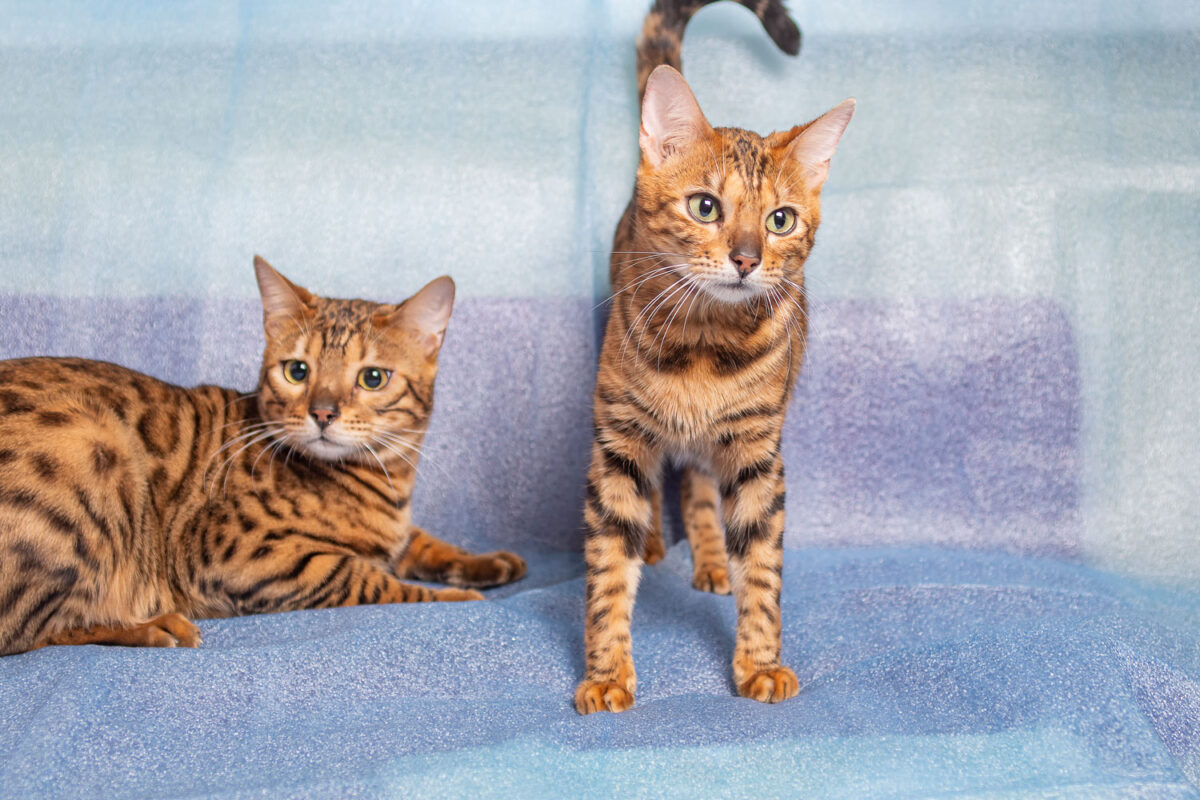
Having two Bengals may lead to easier care for you and a happier life for them. Cats with companions tend to adapt to new environments more quickly and enjoy more playtime.
With Bengal cats, two are better than one.
Read more on our blog post, How To Successfully Introduce Cats: The Ultimate Guide.
Where To Get A Bengal Cat?
You can get a Bengal through a registered Bengal breeder. Purchasing a purebred from a breeder who signed a code of ethics and is preferably associated with TICA or The Cat Fanciers Association would give you the guarantee you have a purebred Bengal.
If you plan to purchase a Bengal for breeding or for showing in competition, it is vital you get the legal documentation from your breeder to do so.
In fact, find a breeder who will also be your mentor, as showing cats, let alone breeding them, isn't simple.
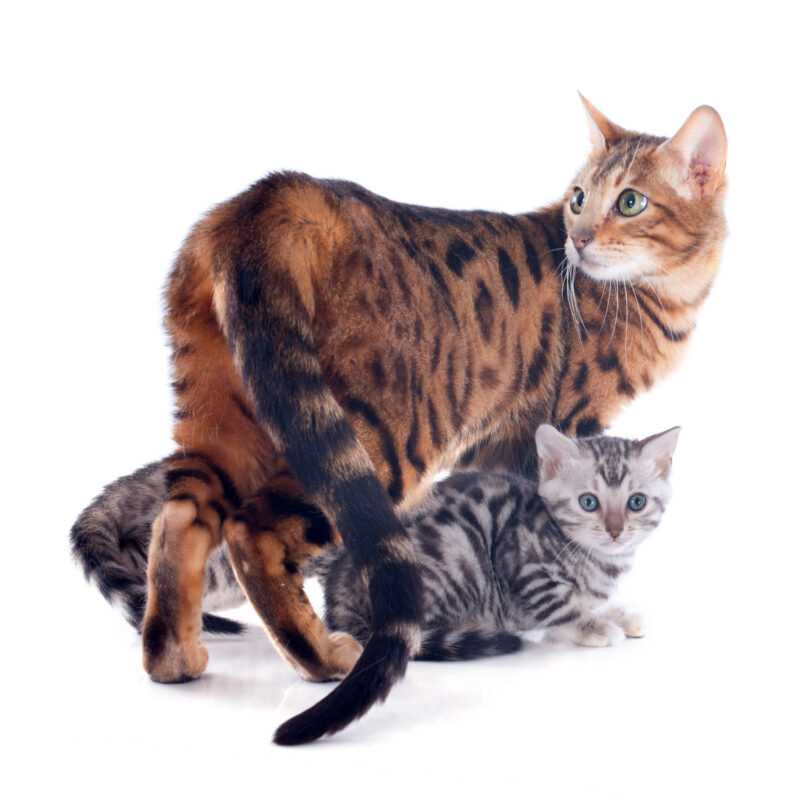
If you are searching for a Bengal mix and aren't fussed about paperwork, it is worth checking out some Bengal cat rescues.
The Bengals or Bengal mixes found here are surrendered for a variety of reasons. You get to save a cat and get a loving companion.
Browse through our blog post Rescuing Purebred Cats: Interview With Kristen Kranz.
Final Thoughts
We've had many owners bring up the question of Bengal mix or not. Have a look at this forum started by TCS member Kosta: Is This Adorable Little Boy A Bengal?
If there's a specific cat you're curious about, why not start your own thread in our forum: Describing Cats - What does my cat look like.
Our experienced members can help you with accurately describing your kitty, including mentioning any characteristics that may resemble the Bengal's unique looks.
Whether a Bengal, a Bengal mix, or a domestic shorthair tabby cat, enjoy the company of your gorgeous cat!
SIGN UP FOR THECATSITE'S EMAIL UPDATES >
Note: We may get commissions for purchases made through links on this page.

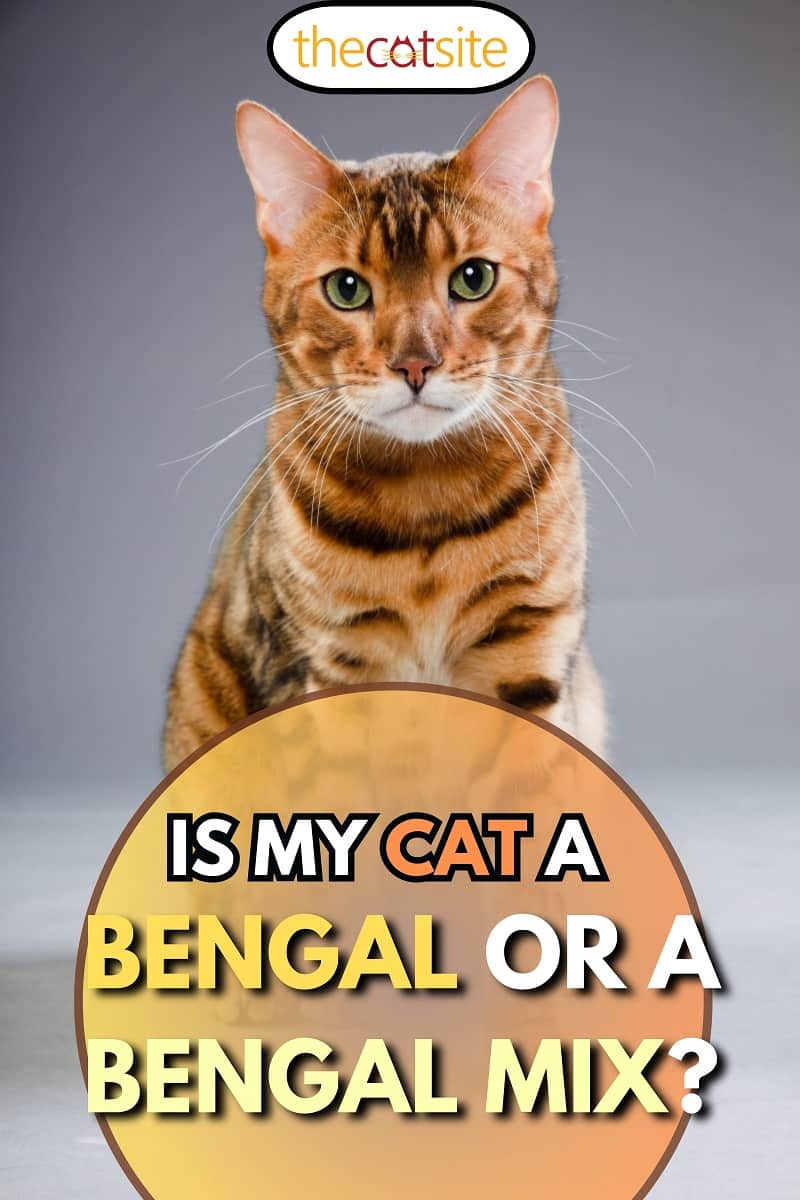
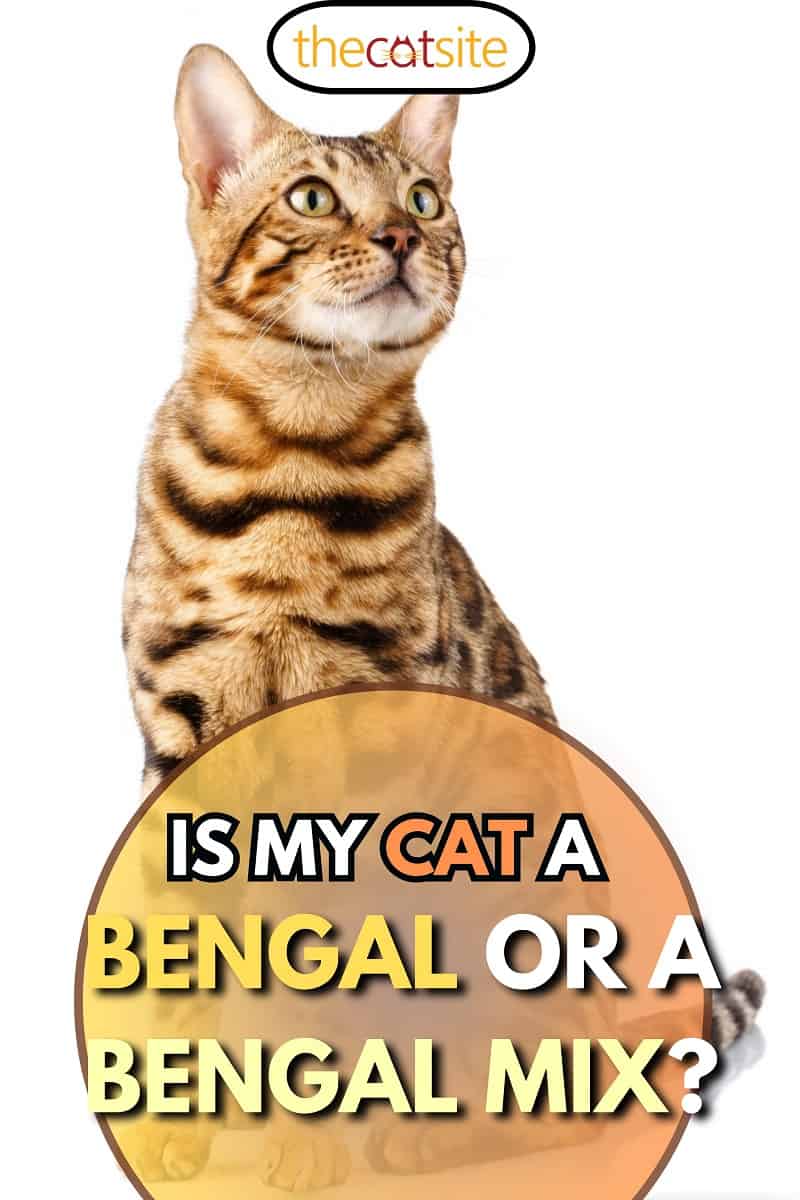
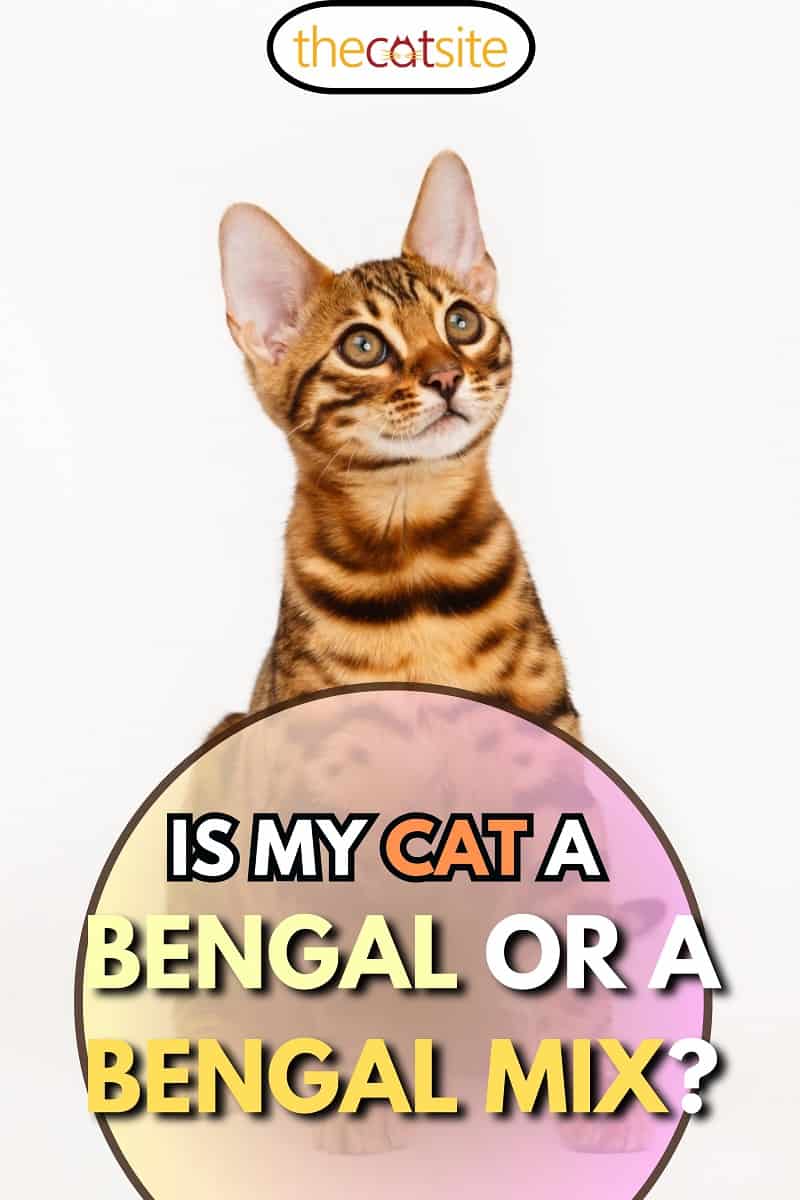
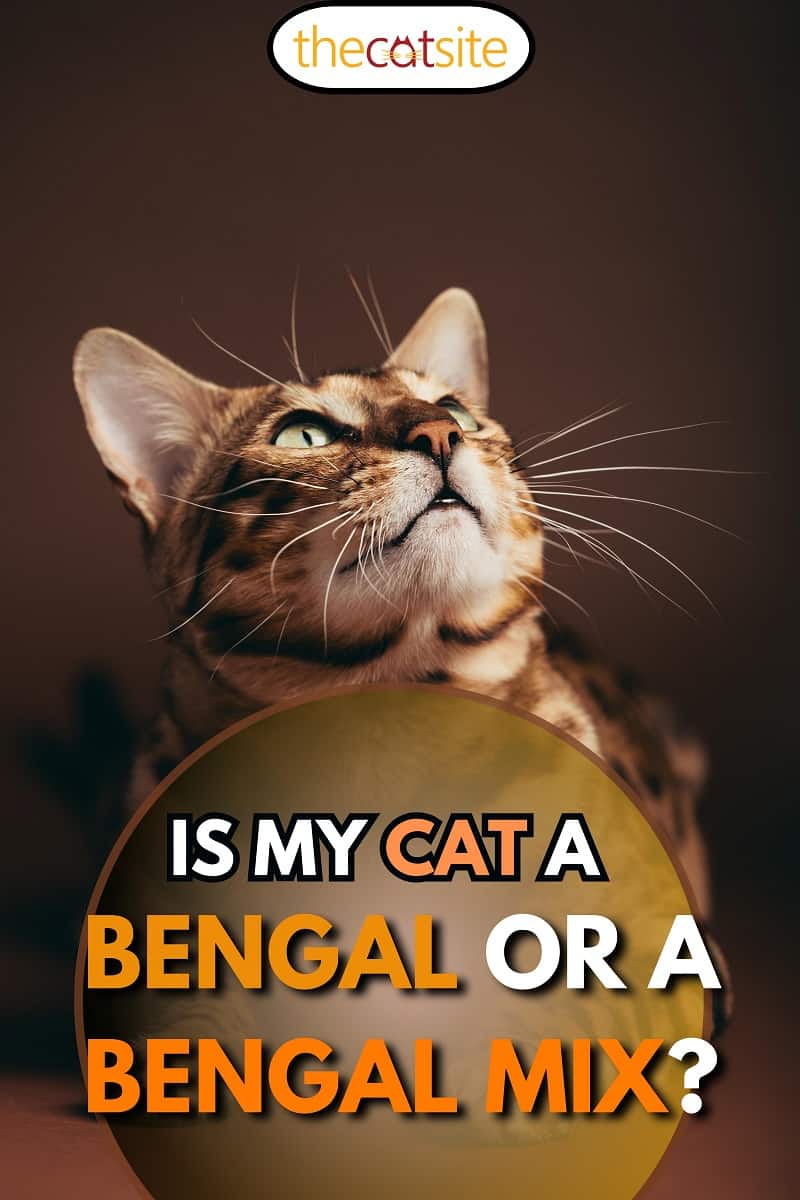
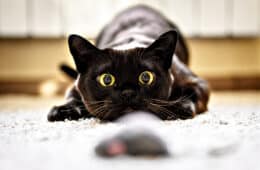
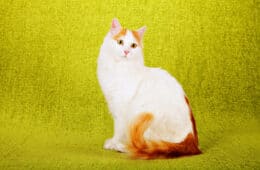
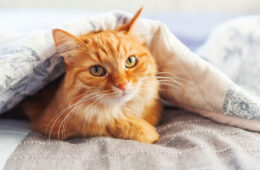
11 comments on “Is My Cat A Bengal Or A Bengal Mix? [Answered]”